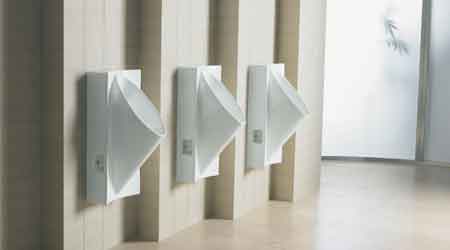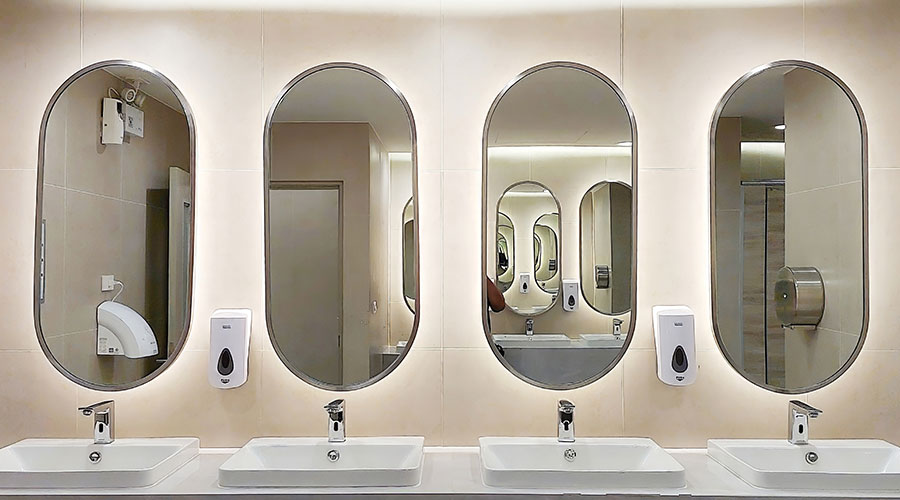Waterless Urinals: A New Generation of Water Savings
Part 1 of a 6-part article on waterless urinals
When waterless urinals first emerged as a potential source of water savings in the 1990s, many maintenance and engineering managers in institutional and commercial facilities viewed the products with skepticism.
“For more than 100 years, we’ve used water toilets and urinals, and then somebody comes out and says you can do it without water,” says Klaus Reichardt with Waterless Co. “The psychological aspect took quite some time for people to be comfortable with.”
Some managers are still trying to find that comfort zone. First-generation waterless urinals presented managers with some challenges. The lack of water flowing through drains contributed to odor and clogging concerns in institutional and commercial facilities, and some housekeeping crews did not use the proper methods on how to regularly maintain and clean the urinals.
But as water costs continue to rise — water costs an average of 41 percent more today than in 2010, according to the website circleofblue.org, which collects data on water shortages — and as manufacturers address past performance issues related to waterless urinals, managers are revisiting them as options to reduce water use in their facilities.
“In places where there are real drought issues, good drinking water is being flushed away just to clear out a urinal,” says Charles Scott with Kohler Co. “Using clean water for urinals does seem like a terrible waste.”
Related Topics:

















